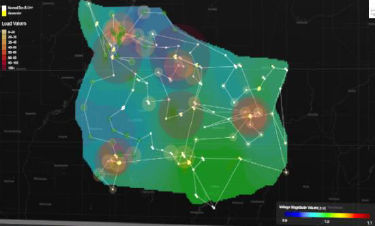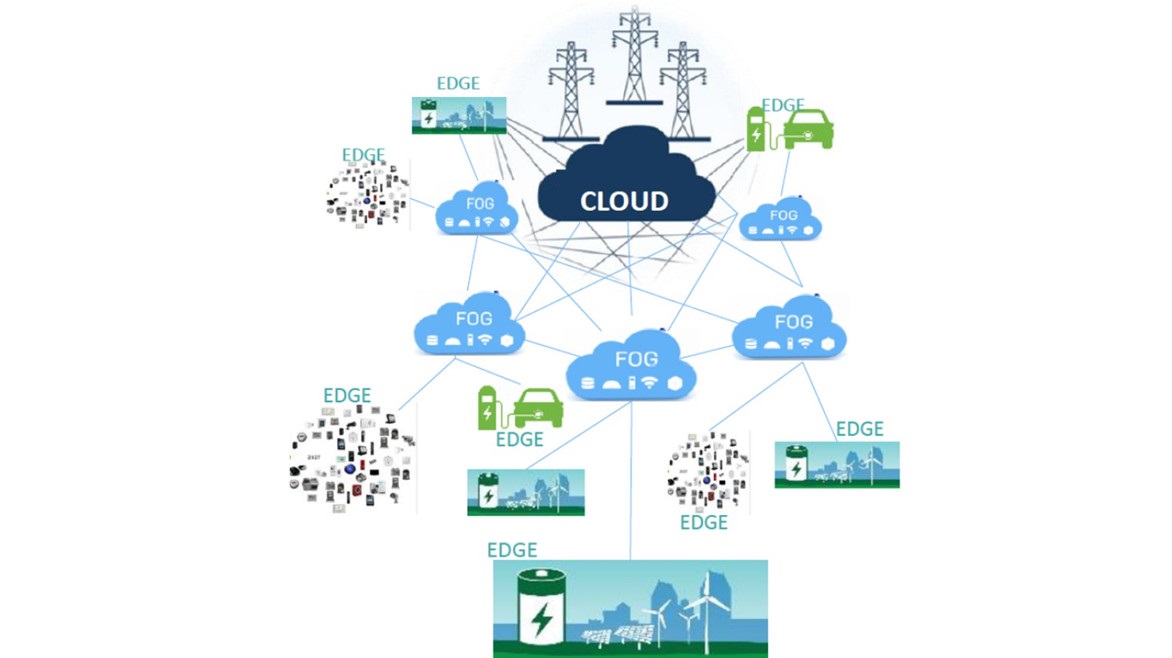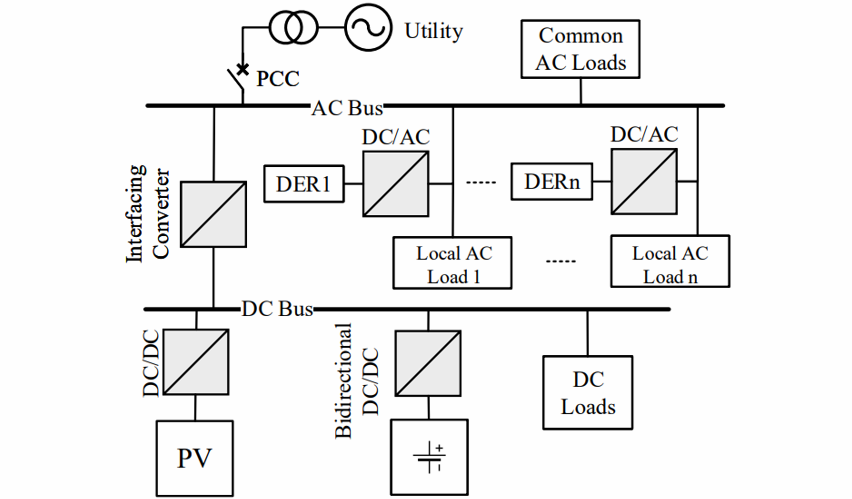An Integrated Wide-area Grid Security Monitoring System for Enhanced Situational Awareness
Our team has developed an integrated wide-area grid security monitoring and control system. This software serves as a platform collecting thousands of channels of real-time synchrophasor measurements from across an entire province/state for analytics, laying solid foundations for many promising applications.

Key Functions
• Power system parameter identification & model verification
• Data quality analysis and online PMU data calibration
• Voltage instability monitoring for individual bus and load center
• Event location
• Oscillation monitoring and control
• Distributed algorithms for data processing
• Machine learning based load modeling
Trustworthy AI for Autonomous Grid Operation and Control
Power systems are evolving with unprecedented challenges from both the generation and demand sides. Mass data are generated, bringing fundamental changes to the operation and control of existing grids. Yet, there is lack of approaches to collect and synthesize an overwhelming amount of data from millions of smart sensors to make timely decisions on how to best allocate energy resources. Addressing these needs requires a transformation in the solution domain. Our team works hard to bridge this gap by developing innovative algorithms and tools that can transform massive amount of measurements directly into actionable dispatch and control decisions in real-time. Tools developed by the team have been deployed at power system dispatch center at all levels, assisting system operators to make fast and effective decisions.
Key Functions:
• Artificial intelligence
• High-performance computing
• Autonomous control
• Deep-reinforcement learning
• Deep learning
• Autonomous voltage control
• Autonomous generation & line flow control
• Data-driven optimal power flow solutions

Internet of Things for Direct Load Control and Transactive Energy
An innovative cyber-physical system with edge-computing hardware have been developed for fast and adaptive direct load control based on the Internet of Things (IoT), edge computing, and nonintrusive load monitoring (NILM) technologies. The system provides a promising cost-effective solution for large-scale deployment of individual load sensing and control using existing communication infrastructure in a distributed manner. The system also includes a blockchain platform for energy transactions. This system have been demonstrated in several pilot projects with massive edge devices deployed.

Key Functions:
•Internet of Things(IoT)
•Edge computing
•Artificial intelligence
•Nonintrusive load monitoring
•Frequency regulation
•Demand response
•Blockchain-enabled platform supporting peer-to-peer energy trading
Energy Management for Grid Storage Systems
Energy storage is the game changer in power systems with its benefits widely recognized. Despite the continuous decrease in cost, barriers including high investment cost and safety concerns still prevent its widespread deployment. Our team address these challenges by developing innovative algorithms and software tools that help maximize the value of energy storage to power and transportation systems while ensuring safety and reliability criteria. We apply big data analytics to model the entire storage systems while accounting for the degradation due to various operating conditions, based on which stacked value of ESS is maximized by optimizing life and minimizing operation and maintenance costs.

Key Functions:
• Grid storage systems
• Battery degradation analysis
• Hybrid energy management system
• Integrated energy System
• Microgrid planning and operation
• Hardware-in-the-loop verification
